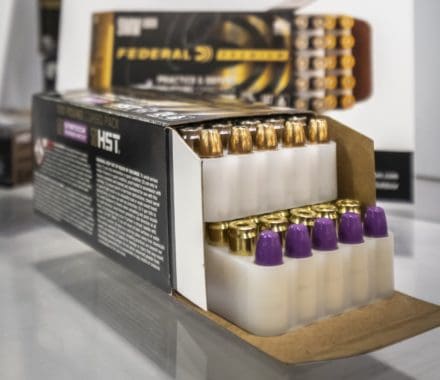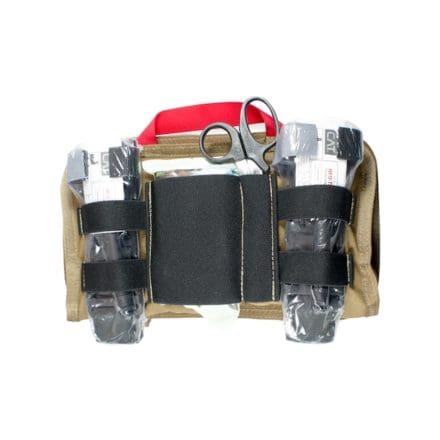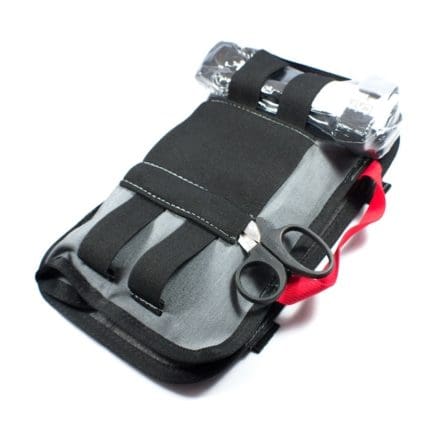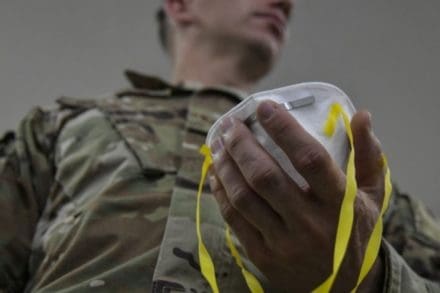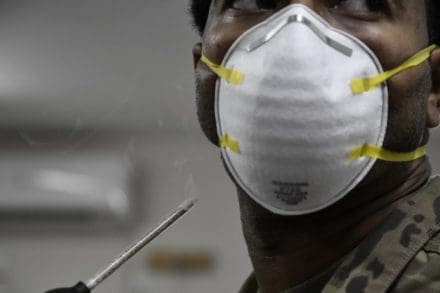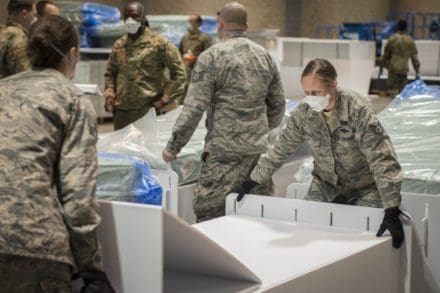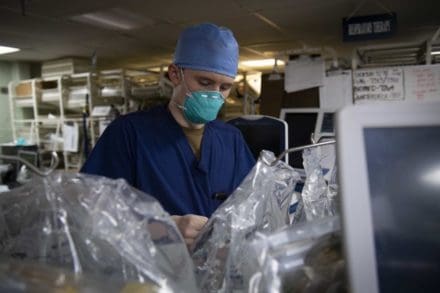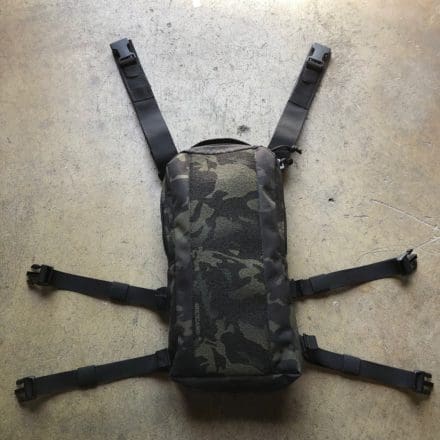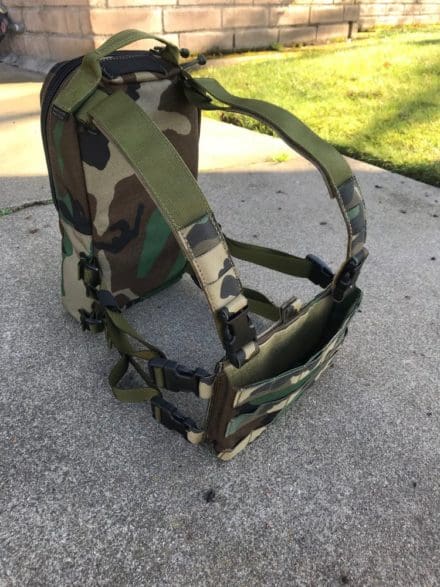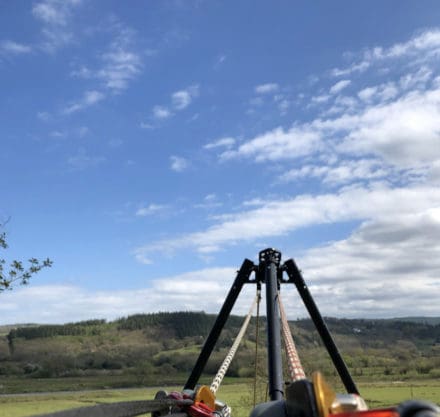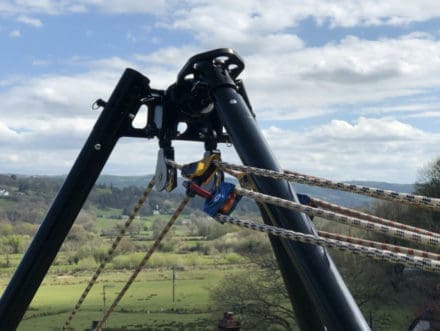As the world grapples with the COVID-19 pandemic, a new mathematical model could offer insights on how to improve future epidemic predictions based on how information mutates as it is transmitted from person to person and group to group. The Army Research Office funded this model, developed by researchers at Carnegie Mellon University and Princeton University.
Researchers hope to improve future epidemic predictionsNew mathematical model uses information theory to improve epidemiological predictions
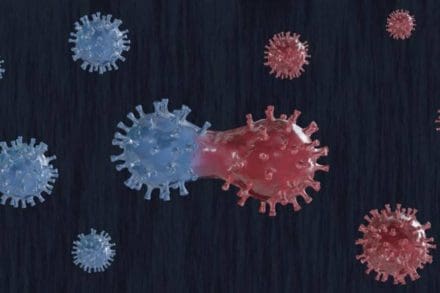
RESEARCH TRIANGLE PARK, N.C. — As the world grapples with the COVID-19 pandemic, a new mathematical model could offer insights on how to improve future epidemic predictions based on how information mutates as it is transmitted from person to person and group to group.
The U.S. Army funded this model, developed by researchers at Carnegie Mellon University and Princeton University, through the Army Research Laboratory’s Army Research Office, both elements of the Combat Capabilities Development Command.
The model suggests that ideas and information spread and evolve between individuals with patterns similar to genes in that they self-replicate, mutate and respond to selective pressure as they interact with their host.
“These evolutionary changes have a huge impact,” said CyLab faculty member Osman Yagan, an associate research professor in Electrical and Computer Engineering at Carnegie Mellon University and corresponding author of the study. “If you don’t consider the potential changes over time, you will be wrong in predicting the number of people that will get sick or the number of people who are exposed to a piece of information.”
In their study, published March 17 in the Proceedings of the National Academy of Sciences, the researchers developed a mathematical model that takes the evolutionary changes of both disease and information into consideration. The research tested the model against thousands of computer-simulated epidemics using data from two real-world networks: a contact network among students, teachers, and staff at a U.S. high school, and a contact network among staff and patients in a hospital in Lyon, France.
“We showed that our theory works over real-world networks,” said the study’s first author, Rashad Eletreby, who was a Carnegie Mellon doctoral candidate when he wrote the paper. “Traditional models that don’t consider evolutionary adaptations fail at predicting the probability of the emergence of an epidemic.”
The researchers said the epidemic model most widely used today is not designed to account for changes in the disease being tracked. This inability to account for changes in the disease can make it more difficult for leaders to counter a disease’s spread or make effective public health decisions such as when to institute stay at home orders or dispatch additional resources to an area.
“The spread of a rumor or of information through a network is very similar to the spread of a virus through a population,” said Dr. H. Vincent Poor, one of the researchers on this study and Princeton’s interim dean of engineering. “Different pieces of information have different transmission rates. Our model allows us to consider changes to information as it spreads through the network and how those changes affect the spread.”
While the study is not a silver bullet for predicting the spread of today’s coronavirus or the spread of misinformation, the authors say it is a big step.
In the future, the team hopes that their research can be used to improve the tracking of epidemics and pandemics by accounting for mutations in diseases and ultimately considering interventions like quarantines and then predicting how those interventions would affect an epidemic’s spread when the pathogen is mutating as it spreads.
“This work demonstrates the importance of basic research and the ability of scientists in various disciplines to inform each other’s work,” said Dr. Edward Palazzolo, program manager for the Social and Cognitive Networks Program at the Army Research Office. “Although in its early stages, these models show promise for understanding network diffusion in light of mutations.”
In addition to the Army, the National Science Foundation and the Office of Naval Research also supported this research. Other researchers co-authored the paper include Yong Zhuang and Kathleen Carley from Carnegie Mellon University.
By CCDC Army Research Laboratory Public Affairs


